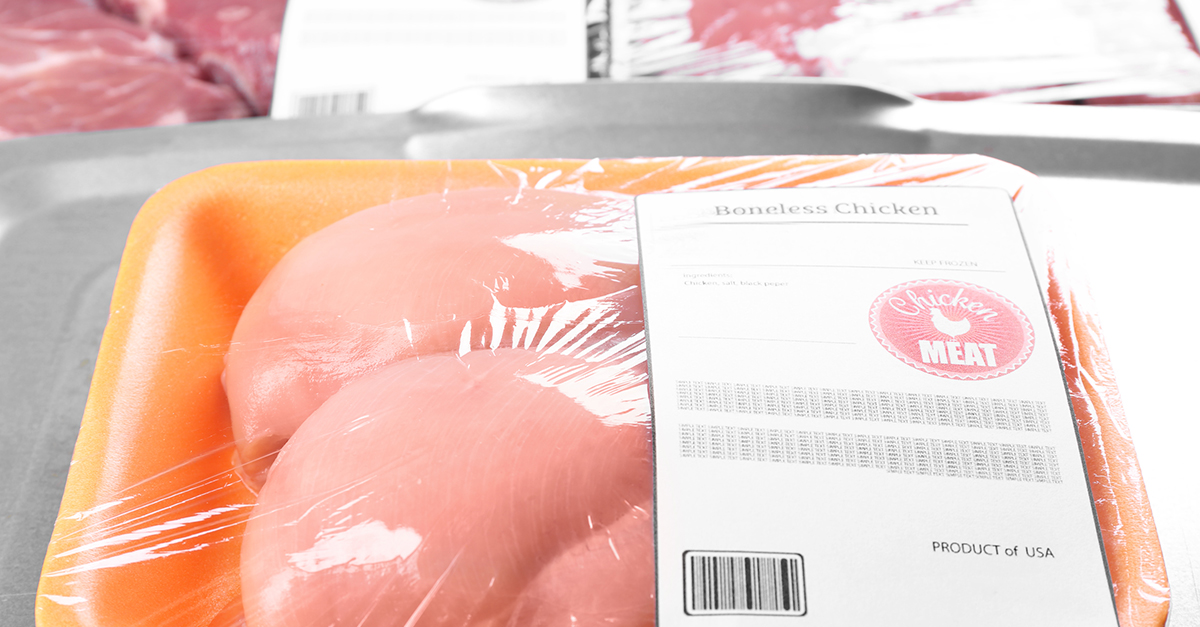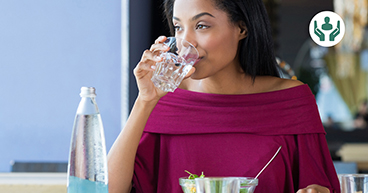
Most Americans are fortunate to be able to turn on a faucet and get water whenever they need. And in most cases, the water we get from local utilities is clear, clean and safe to drink, bathe in and cook with. But a recent study by the nonprofit watchdog organization Environmental Working Group (EWG) asserts that millions of Americans are drinking water containing carcinogens and that the contamination may be responsible for more than 100,000 cases of cancer. In some cases, the study says, the levels of contaminants are considered acceptable by government standards. “The vast majority of community water systems meet legal standards,” Olga Naidenko, Ph.D., EWG’s vice president for science investigations, says in a statement. “Yet the latest research shows that contaminants present in the water at those concentrations ... can still harm human health.”
What’s in the water?
The study, published in September 2019 in the journal Heliyon, looked at more than 48,000 water utilities in 50 states and found:
- Increased cancer risks were linked to 22 carcinogens found in the drinking water.
- Contaminants included arsenic; radioactive materials, such as uranium and radium; and disinfectant byproducts, which are substances produced when chlorine and other additives are used in the treatment process.
- Systems that rely on groundwater sources, such as aquifers, have higher concentrations of arsenic and radioactive materials and contribute to a higher risk of cancer.
- Systems that rely on surface water sources, such as reservoirs, have a lower risk, but serve larger populations.
- Water systems where droughts are more common may pose a higher risk, in part because drier conditions create an environment where contaminants become concentrated as water levels are reduced.
Contaminants in our water supplies include those found in pesticides and fertilizers and lead from old pipes. Other pollutants found include per- and poly-fluorinated substances, or PFAS. These chemicals are used to manufacture plastics, rubber and dozens of other common products. Researchers conclude that contamination from water sources poses as much of a risk as air pollution. Also, while most of the water systems analyzed operate within government standards, legal limits for contaminants have not been updated in decades. “Improving water quality at the tap and investing in measures for source water protections represent opportunities for protecting public health and decreasing potential disease incidence due to environmental pollution,” the researchers wrote.
Skip the bottle
If you are concerned about the quality of your water and think bottled water may offer a better option, EWG says think again. Bottled water is not always better quality, it costs more, wastes energy and puts millions of empty bottles into the garbage. The watchdog group recommends filtering water at home as the better option for getting clean water. EWG also offers a “Tap Water Database” tool that allows water utilities customers to search by ZIP code to see how their water system ranks.
“It is important that such reports be appropriately communicated to the public and not spread fear,” says Maurie Markman, MD, President of Medicine & Science at Cancer Treatment Centers of America® (CTCA). “There is no question that this report is concerning, and further quality investigation is mandated to both understand the magnitude of the issue and appropriate action steps to mitigate the potential risks.”


